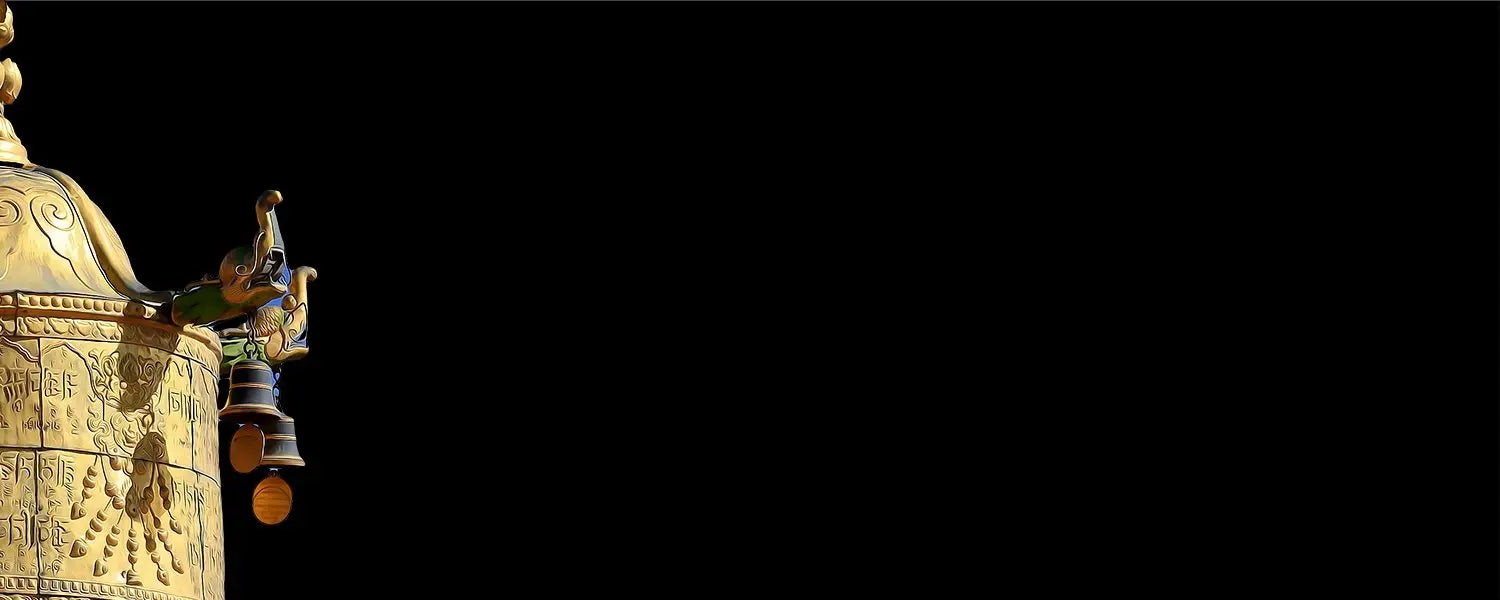Dhvaja: the banner of victory is a symbol of Tibetan Buddhismthat celebrates enlightenment. More precisely, it represents the stage of higher consciousness when an individual has mastered his emotions.
It is easy for us to let our emotions run away with us, and the Buddha, along with other religious texts and philosophies, explains how self-control is the main ingredient of happiness.
The Banner of Victory (Dhvaja)
In Sanskrit, the victory banner or sign is known as dhvaja, which means standard, flag or sign. Originally, the Victory Banner was a military standard carried in ancient Indian wars and bore the specific insignia of its champion. For example, in the Mahabharata, Krishna's chariot was adorned with a banner showing the image of the monkey god Hanuman.
The victory banner was adopted by the victory banner strong>primitive Buddhism as an emblem of the enlightenment of the Buddha, announcing the triumph of knowledge over ignorance.
It is said to have been placed on the summit of Mount Meru by Buddha himself, symbolizing his victory over the entire universe. Again, Mount Meru is seen here as the central axis that supports the world.
The victory flag also indicates the triumph of Buddha over Mara, who personifies the obstacles on the path to spiritual realization. More specifically, there are said to be four types of Maras, each representing an individual obstacle on the path to spiritual progress. These are:
- Mara of emotional distrust
- Mara of the Passion
- Mara of the Fear of Death
- Mara of Pride and Lust
Only after overcoming these four negative traits was Buddha able to proclaim victory over ignorance and achieve nirvana.
Cylindrical victory banners made of beaten copper are traditionally placed on the four corners of the roofs of monasteries and temples. These signify the Buddha's victorious dharma radiating in the four directions and also his triumph over the four Maras mentioned above.
To learn more about Buddhist symbols and meanings, see the article .



 < /a>
< /a>






































